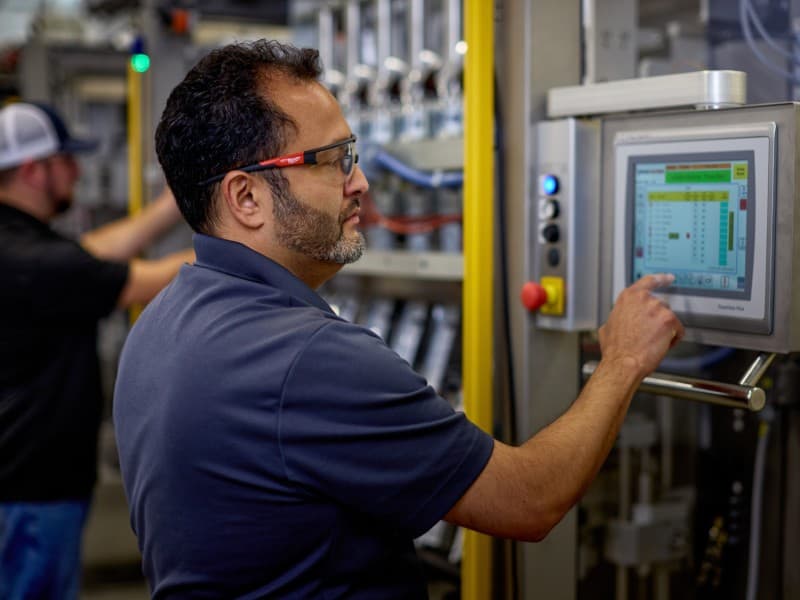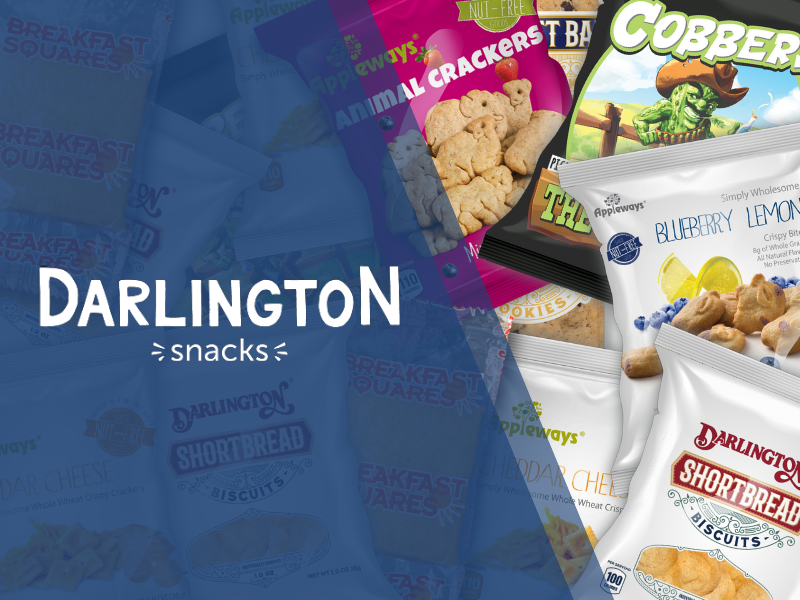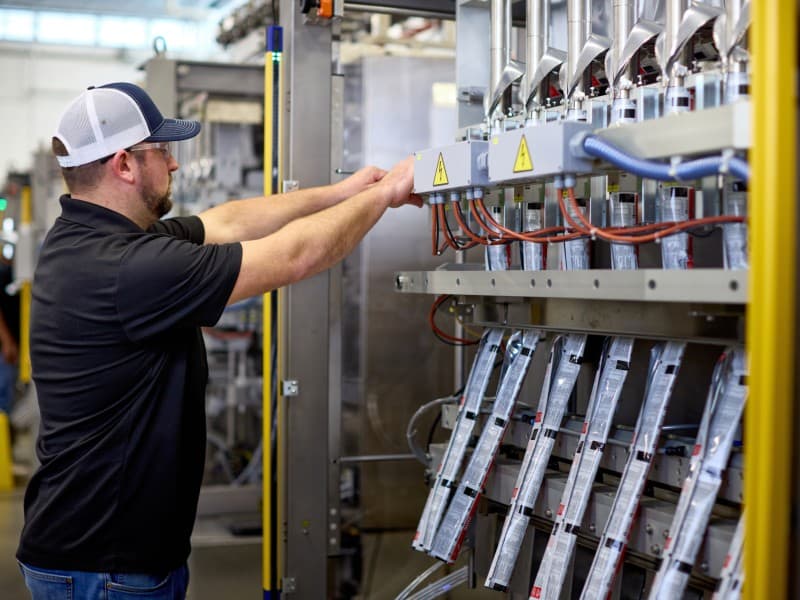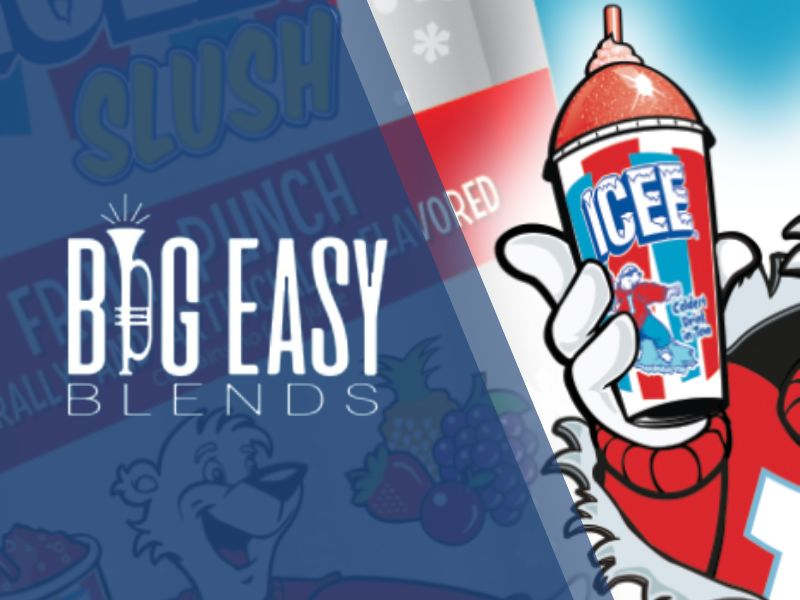How Soon Will Packaging Automation Deliver ROI?
By Andrew Bayliss on October 14, 2025

For manufacturers evaluating packaging automation, one of the most pressing questions is: “When will this investment pay off?” Decision-makers want more than a general promise of efficiency gains — they want to know how quickly automation will deliver measurable returns.
Viking Masek has worked with hundreds of companies to implement packaging automation solutions that not only streamline production but also achieve a clear return on investment (ROI). Here are our insights on how long it typically takes to see ROI, what factors influence that timeline, and how to calculate it for your unique operation.
Understanding ROI in Packaging Automation
ROI measures the financial benefit of an investment relative to its cost. In the context of packaging automation, ROI often comes from:
- Labor savings
- Increased production speeds
- Reduced error rates
- Improved overall equipment efficiency (OEE)
ROI is a strategic indicator of how automation supports long-term operational goals, but it’s not simply a financial formula.
Unlike other cost-cutting initiatives, automation investments drive value through sustainable operational improvements. Our National Sales Manager, Andrew Bayliss, sums it up like this:
“ROI is often used as a buzzword in the automation world, but at Viking Masek, we understand real-world ROI means delivering equipment that produces consistently while minimizing waste and downtime.”
Understandably, achieving ROI isn’t immediate. It requires strategic planning, carefully considered implementation, and realistic expectations about what factors influence payback over time.
How to Calculate Your Packaging Automation ROI
Understanding how to calculate ROI is a great first step toward estimating how long it will take to see a return on your packaging automation investment. Structure your calculations using these steps:
- Establish Baseline Metrics: Capture key data about current production rates, labor costs, downtime percentages, and error/rework rates.
- Project Improvements: Estimate the production gains automation will bring, such as increased throughput, reduced labor requirements, and scrap lower scrap rates.
- Calculate Total Investment in Automation: Equipment price isn’t the only factor here — include costs for installation, training, maintenance, and integration.
- Run the Numbers: To determine ROI percentage, plug your information into this equation:
ROI (%) = [(Annual Benefits - Annual Costs) ÷ Total Investment] x 100
To estimate the payback period, use this formula:
Payback Period (Years) = Total Investment ÷ Annual Net Savings
With some numbers in-hand, you’re better able to estimate ROI timelines — but what’s typical? Let’s walk through some general expectations.
ROI Timelines: What to Expect
While every facility is unique, most companies see a return on their packaging automation investment within 6 months to 2 years. Generally speaking:
- High-volume operations using a significant amount of manual labor might achieve payback in as little as 6-12 months
- More complex systems or lower-volume lines might take closer to two years to achieve payback
Total Cost of Ownership (TCO)
These guidelines aren’t arbitrary. It’s essential to consider Total Cost of Ownership (TCO) when calculating ROI to avoid underestimating timelines and long-term expenses. TCO is a holistic forecast that includes purchase price plus:
- Maintenance
- Spare parts
- Potential downtime
- Energy consumption
Other Variables Impacting ROI Timelines
ROI timeline accuracy is driven by the unique factors of each automation situation, including:
- Line Complexity: Custom-built systems may present complexities that extend installation time
- Production Volume: The more products packaged, the faster your automation investment pays off because expenses are distributed across a larger number of units
- Labor Dependence: Operations heavily reliant on manual labor tend to see faster returns through automation
- Facility Readiness: Lack of operational preparation — inadequate utilities, floor space, workflow alignment, etc. — can delay ROI
- Installation & Training: A well-planned onboarding process reduces ramp-up time for faster early productivity gains
Pennsylvania-based contract food packager Econo-Pak saw a rapid return on investment. They landed a massive new snack pack contract, and needed high-speed, reliable automation on short notice. Viking Masek delivered quickly, supplying a used dual-jaw Velocity system from stock that fulfilled the need and exceeded expectations in speed, simplicity, and performance.
In the first month alone, Econo-Pak ran over 3 million single-serve pouches, and the experience was so positive, they’ve since added three new Velocity machines and a premade pouch system outfitted with a zipper opener, gas flush, and a load shelf for heavy bags.
4 Common Mistakes That Delay ROI (and How to Avoid Them)
Several pitfalls can hinder payback. To stay on track, keep these potential snags top of mind:
- Underestimating Installation & Integration Complexity: Work with experienced integrators to conduct thorough site assessments and minimize surprises.
- Inadequate Staff Training: Ensure your team understands how to operate and maintain new equipment to maximize uptime.
- Overlooking Total Cost of Ownership: Consider all long-term expenses — not just initial costs — to maintain realistic ROI expectations.
- Skipping Facility Prep: Plan for infrastructure adjustments to utility needs, space requirements, and process alignment well in advance of automation implementation.
Proactivity is key in making the transition to automation smoother, and ROI realization faster.
How to Accelerate ROI on Packaging Automation
While some ROI factors are inherent to your operation, here are some proven strategies to help expedite payback:
- Select Scalable, Flexible Equipment: Choose systems that can grow with your business and consistently protect your investment
- Partner with Experienced Integrators: As global leaders in packaging automation, Viking Masek’s end-to-end support reduces risk and optimizes performance
- Invest in Training and Change Management: Empower your team to explore and leverage automation’s full potential
- Use Accurate, Realistic Data for Planning: Informed projections reduce the likelihood of unpleasant surprises
ROI is Achievable & Strategic
There’s no escaping that packaging automation requires an upfront investment. However, with strategic forethought, substantial long-term gains in productivity, consistency, and labor efficiencies can quickly produce ROI.
Buying the right equipment is just one piece of the puzzle. Partnering with responsive packaging automation partners such as Viking Masek, planning diligently from the initial decision through implementation, and setting realistic expectations from the outset can help you manage and achieve anticipated ROI.
Use the Viking Masek Packaging Equipment ROI Calculator to crunch some numbers around the Payback Period (PBP) of a future packaging machine investment, and compare how your current processes stack up against an automation strategy. The ROI calculator is free and ready for download!
Related Posts

[VIDEO] Snacking smarter: How Darlington Snacks doubled output with automated packaging lines

How Much Does Packaging Automation Really Cost?
